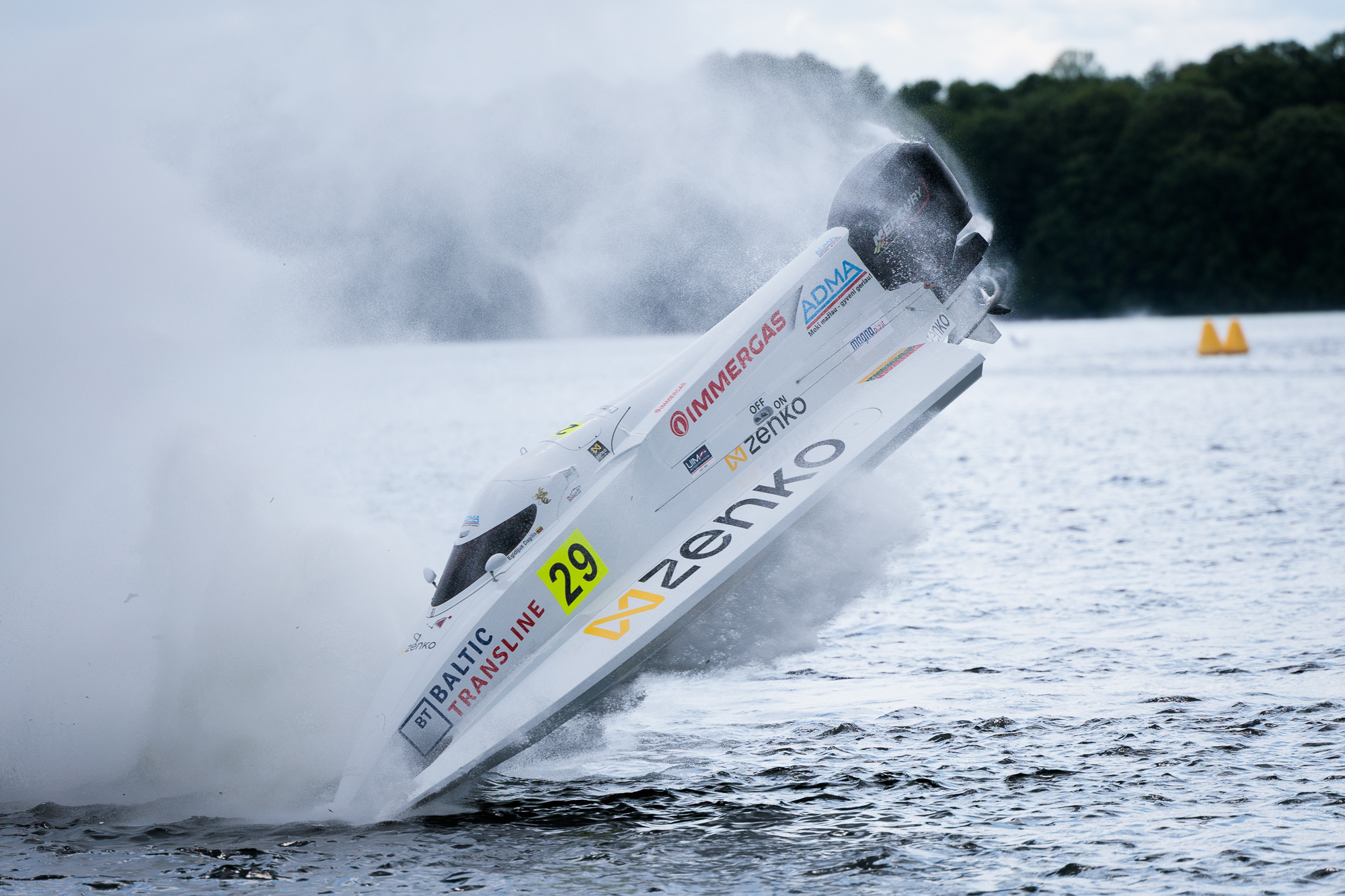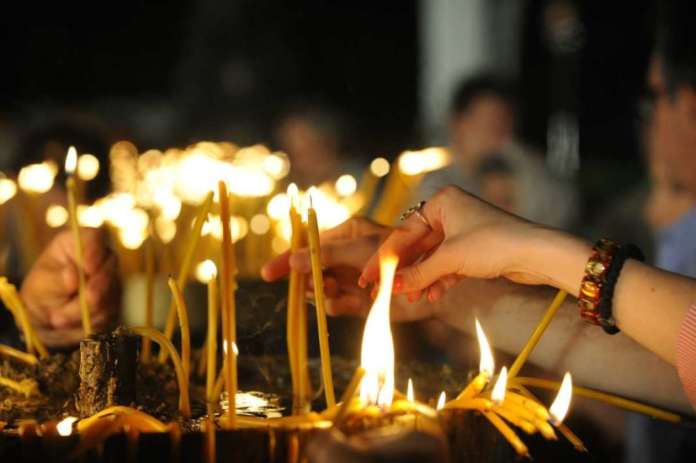Why is Botticelli called old -fashioned for several hundred years?

Fashion dictated by rulers
What challenges did the Renaissance creators face? What changes took place in Italy and how did art spread in Lithuania, which led the rulers to start accumulating art collections?
According to I. Račickas, it was the rulers that formed the taste of culture and art, fashions. It is very good to see in the history of the Grand Duchy of Lithuania (GDL) and the Kingdom of Poland. « When Sigismund the Old began the renovation of Wawel Castle in Krakow, he said the palace to rebuild the Renaissance architecture style, and it was one of the first Renaissance buildings in the region, » Račickas gives an example.
Soon this style began to spread in our region. « The Renaissance was different, unseen, exclusive, but the dilemma, like ‘like’ or ‘don’t like’, didn’t rise. The nobles also wanted to keep up with the ruler, ”the curator of the exhibition said.
The road to publicity
« By the end of the 19th century, almost all works of art were born at the request of the customers. At that time there were neither pension nor sickness benefits, so it was vital to receive orders, » Račickas says about the Renaissance creators.
500 years ago, his work in public spaces became the most important sign of cognition and recognition of the artist: churches, palaces, town halls.
« For example, Sandro Botticelli was just over the best of publicity. He studied for nine years (1460–1469) paintings at FRA Filippo Lippi, who worked at Pate and Spolet at the time. When the young artist returned home, he had to look for ways The palace was sought by the palace, but did not receive an order.
The young artist created the fresco « strength », and as the clients compared this work to the previous Pallaiolo fresco, the difference was more than obvious. « S. Botticelli’s craftsmanship overshadowed and the work has become an absolute hit, if it can be called it. Since then orders have begun, Botticelli’s popularity has grown, and the artist has entered the duke’s medicine environment, » he said.
Eventually, other artists of Florence of that time began to follow the artist S. Botticelli. For example, the treasure trove of the Museum of the Palace of the Palace of the Palace of the Palace of Silver and Crystal, which is adorned with two angels carved by S. Botticelli, is characterized by longitudinal faces.
All the artists, whose works are currently on display at the exhibition of the Palace of the Palace of the Rulers, « The Italian Renaissance from Wawel: Botticelli, Tiziano », organized from the Wawel Royal Castle – state art collections, has created public spaces. Probably one of the most versatile of them was Tiziano and Paris Bordon. Palma Il Giovanne was distinguished by the painting of religious scenes for churches and monasteries.
Sandro Botticelli. Our Lady with Baby and Angels. / M. Photo by Kaminsk
Renaissance paradoxes
« Florence and Venice are just 260 km, but the dissemination of ideas and the artistic exchange in the Renaissance era – slowly. Artists rarely left their city with excitement, as usual to say, internship. Račickas.
Exhibitions exhibited from the Palace of the Palace of the Grand Dukes may not have been interested in P. Il Giova not only the native Venice but also the Roman painting school. According to the interlocutor, one of the results of such a sedentary is in separate, even in the adjacent, cities, and rooted in a certain creative tradition. « The students learned not only to paint, but also to the simplest jobs: to mix paint, to rub pigments and even to make a brush. Those technological things seem to have been consulted and slowly.
In Lithuanian collections
« The accumulation of art collections is often identified with the coming of the Grand Duke of Lithuania and King Sigismund the Old of Poland to power. However, his brother Aleksandras Jagiellon, who ruled the art collection.
Most of the works of art were in shrines: for example, in the 16th century. At the beginning of the 19th century, Mikalojus Mikalojaitis Radvila commissioned the Smolensk depicting silver vot, and there were previous works of works created in Gothic style, manuscript books, but the most prominent artistic dissemination and collecting in Lithuania began as the Renaissance era begins.
It is true that the Renaissance appeared in the collections of rulers and nobles in the 16th century. At the beginning of the 19th century, when it became popular to go to Italy to study at universities, to travel on the pilgrimage path to Rome. According to I. Račickas, knowledge of such trips can be found since the 15th century. in the second half, and in the 16th century. There are many of them. During the trips, both rulers and wealthy nobles purchased paintings from artists’ workshops, because the authors had an example of at least a few free work.
There is little information about the art collections of the GDL at that time, but it is known that Sigismund the Old was interested in Renaissance architecture, sculptures, and commissioned over 90 tapestries in Bruges. Sigismund Augustus continued to accumulate a collection of tapestries, had artistically decorated armor, oriental carpets and jewels.
« It is known that the palace really had the portraits of Luc Cranach and his environment Jagiellonian portraits, paintings of the Venice artists. Rulers and influential nobles worked with artists from Germany, the Netherlands, Italy. Other GDL estates had paintings of Tizian students. The expert said.
I. Račickas says that the nobles of art were commissioned by the nobles as gifts, so values could have come to Lithuania on the road: Two other works of the same format are known – « Caledonian Boar Hunt » and « Hunter Diana ». It is speculated that the purpose of a specific elongated format, paintings painted on the boards, was decorated with donated chests. Specialists speculate that the paintings were most likely to decorate three chests for the wedding. It is true that the paintings are not yet known to be another riddle for researchers. ”
The accumulation of art collections is often identified with the coming of the Grand Duke of Lithuania and King Sigismund the Old of Poland to power.
In the Renaissance era, gifts were given to deal with messengers. The messengers came with gifts and received them themselves. These could have been horses, weapons, fabrics, cups, and less often paintings. Part of the GDL rulers’ art collections were made by this kind of gift. It should not be forgotten that paintings were also purchased during diplomatic missions and study travel. According to I. Račickas, there were also orders: “We know that Sigismund the Old P. Bordone ordered to paint Zeus and Nymph. Bona Sforca ordered this artist to paint his portrait. However, to this day, it is unclear whether these orders have been fulfilled and that the paintings have reached the customers. For example, the portrait ordered by Sigismund Augustas Aukslashalis Giovanni Jacop Caraglio (P. Bordone) is survived and preserved today in the Krakow Wawel Royal Castle.
A changed image
The curator of the exhibition I. Račickas says that the life of artists and paintings is extremely interesting. The Lithuanian noblemen had a lot of works of Tician’s rival Tintorett. Already after Tizian’s death, several paintings entered the collections of noblemen in the Kingdom of Poland. One of these rich collections had Count Ževuskiai (Rzewuscy) in Pidhirti Castle (now Ukraine).
Today’s art lovers are probably difficult to understand why, after the death of Tizian, his and his students’ work remained popular and highly regarded throughout Europe, and here Botticelli has disappeared from the canon for several centuries. What’s more, it is called old -fashioned.
According to I. Račickas, this was due to several circumstances: « S. Botticelli, in fact, painted a combination of Gothic and Renaissance in the early 15th century in the early 15th century.
Who? Exhibition « Italian Renaissance from Wawel: Botticelli, Tiziano ».
Where? At the National Museum in the Palace of the Grand Duchy of Lithuania.
When? Operating until March 30.







